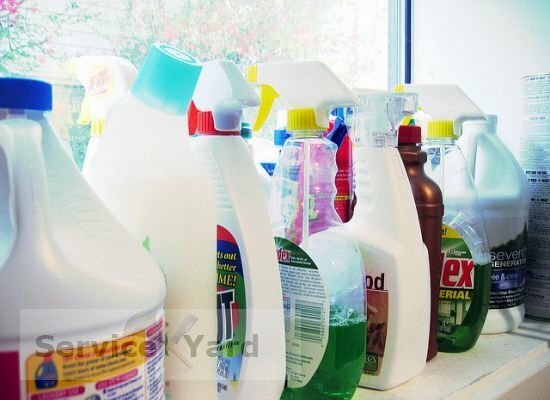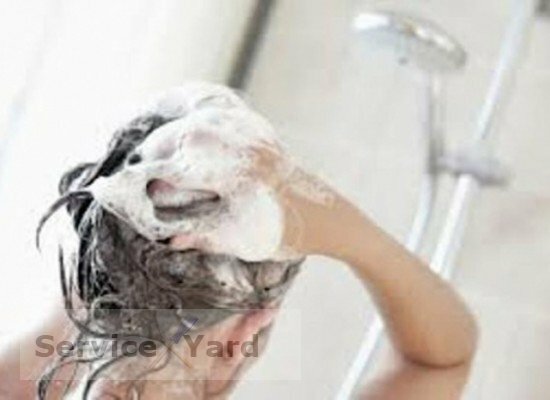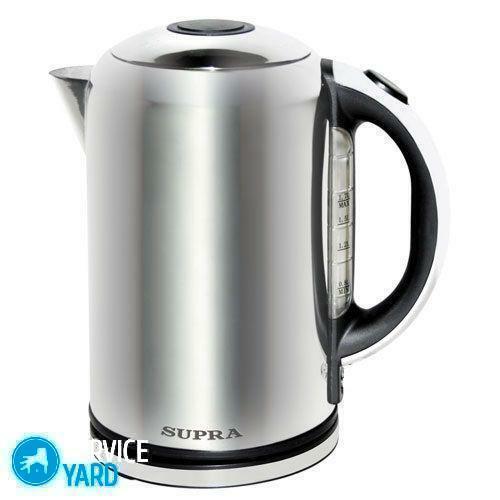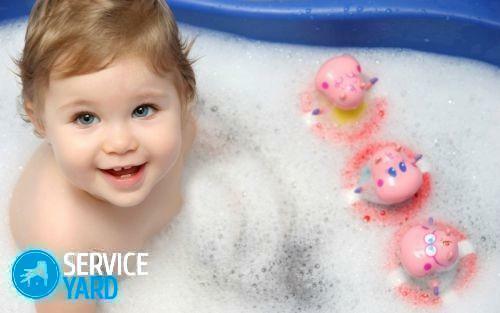Many people know about the detrimental effects of detergents that are presented in stores. Already the fact that they are made of synthetic components, is alarming. Each component of household chemicals carries a certain share of the risk to human health. How to protect yourself and your family? What components are often part of detergents and how dangerous are they for humans? We will answer these questions in this article.
to the contents ↑What are the components of modern detergents?
 To imagine the whole picture, what can be threatened with such cleaning products for health, you need to familiarize yourself with their composition. All incoming elements are designed to remove contaminants of different origin: fat, scum, tea and coffee. Often they are toxic and, accordingly, are harmful.
To imagine the whole picture, what can be threatened with such cleaning products for health, you need to familiarize yourself with their composition. All incoming elements are designed to remove contaminants of different origin: fat, scum, tea and coffee. Often they are toxic and, accordingly, are harmful.
The composition of all household chemical products includes:
- surfactants;
- Alkalis - salts of various types;
- Bleaching agents;
- Complex-forming elements;
- Chlorine;
- Flavors;
- Enzymes;
- Hydrotops.
Important! What kind of harm is each of these components of detergents per person, see below. Determine what kind of harmful detergents you use - it's easy. Just carefully read the composition of a concentrate or powder and make sure that the toxic components are present at the dose allowed by current standards.
to Contents ↑Surfactants Surface active agents form the basis of any detergent product. They allow using a single drop of money to wash the fat of any prescription. All surfactants are divided into anionic, cationic and nonionic. The most dangerous are anionic surfactants.
Harm that they cause to a person:
- Once ingested, they settle on the cell membrane and, in a certain amount, are able to cause malfunctions in the biochemical processes inside the cell. Provoke a violation of the integrity and functionality of the cell.
- Negatively affect the immune system, especially for anionic surfactants.
- Causes damage to the skin.
- Causes abnormalities in the liver, gastrointestinal tract and pancreas.
Salts of weak inorganic acids
These include: sodium carbonate, sodium silicates and sodium bicarbonate. These substances decompose proteins and polysaccharides. Saponify fats and oils. They work as inhibitors of corrosion.
Harm to detergent with these components:
- adversely affects the genitourinary system;
- cause malfunctioning of the digestive system.
Neutral salts
These include chlorides and sulfates. The main task is to thicken the detergent to reduce the consumption.
Harm to neutral salts is that they cause:
- irritation of the eye mucosa;
- headaches;
- nausea.
Complexing elements of
This includes: zeolites, sodium polyphosphates, sodium citrate, sodium tripolyphosphate. These substances bind the stiffness ions, preventing deposition of salts on the surface of the dishwasher and dishwasher.
Harm to detergents in which the value of these substances is too high:
- in large quantities causes liver disease;
- negatively affects the work of the spleen.
Whitening reagents
 These substances have a disinfectant and whitening effect. They remove the most serious pollution: traces of coloring products, tea, coffee and juices.
These substances have a disinfectant and whitening effect. They remove the most serious pollution: traces of coloring products, tea, coffee and juices.
Harm:
- damage the skin of the hands;
- cause asthma and chronic bronchitis.
Flavors
Biting chemicals that are designed to maintain a pleasant scent while washing.
Harm:
- is difficult to wash off the surface, so it easily enters the human body, causing problems with the gastrointestinal tract;
- cause allergy;
- are especially dangerous for children.
Hydrotropes, enzymes, chlorine
Hydrotopes include lower alcohols and urea. They are needed for rapid dissolution of surfactants in water.
Enzymes are proteases, lipases and amylases. Remove insoluble protein compounds.
Chlorine is a disinfectant. Removes most known microorganisms and bacteria.
Harm to detergents, which contain these elements:
- breathing problems;
- has a negative effect on the mucosa of the eye surface;
- with a large dose - severe poisoning.
Important! As the statistics assures: every year one person eats 0.5L detergent. Each plate should be thoroughly washed under running clean water up to 10-15 times. But who does this?
If you care about your health and the welfare of your family, refuse to use such detergents. When, for some reason you can not do this, then stick to our advice on the use of household chemicals. This to some extent neutralizes its negative impact.
to the table of contents ↑Useful advices:
- Use only with particularly serious contaminants.
- Do not mix several detergents.
- Use rubber gloves.
- Take at least one substance at a time.
- Never use a substance with a pronounced aroma.
- Rinse the dishes well with clean water several times.
- Try not to inhale the vapors of the remedy.
Now you know what harm detergents bring, which we are accustomed to using every day for a quick solution of all sorts of domestic worries. Use them further, after receiving this information, or refuse in favor of the people, more secure, but slowly acting - it's up to you. We hope that you will be able to make any decision easily!



